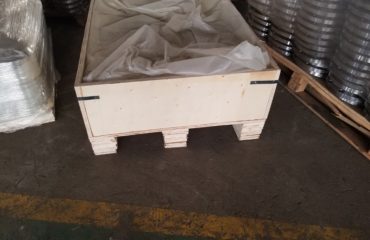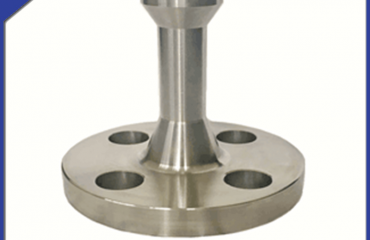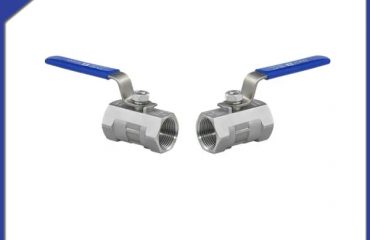
Excessive machining hardness can cause tool wear faster and make it difficult to remove chips. Low thermal conductivity leads to plastic deformation of the cutting edge and rapid tool wear, which can easily lead to small pieces of powder staying at the edge of the cutting cost, resulting in poor appearance of the elbow. The elbow and the elbow are the same, and are basically machined.
So we need to pay special attention to their processing technology, methods, and requirements to better meet the requirements of the pipeline. Some users find it difficult to process elbows, so what is the specific reason? How to overcome processing difficulties? The chemical connection between the tool and the processed material leads to work hardening and low thermal conductivity of the processed material.
This not only leads to abnormal wear, but also causes tool damage and abnormal cracking. The solution does not require too much force during the machining process, so that the elbow can quickly remove chips, modify the low thermal conductivity of the pipeline, and avoid excessive wear. After reading the above reasons, many users understand why the elbow is so difficult to machine. After analyzing the reasons, we must pay attention to cleanliness during processing, Only in this way can better processing be carried out.
Bend manufacturers reduce pipeline joints, accelerate device speed, travel the entire pipeline quality, reduce flow resistance, travel flow rate, and reduce energy consumption. They use smaller diameter pipelines to transport fluid with a constant flow rate, which can travel around 10% of the flow rate compared to steel pipes of the same specification; The protection of cables in environments with no scaling, prolonged use without decreasing flow rate, disturbance, and heavy corrosion is effective.
Pipeline characteristics (1) Corrosion resistance: Chemical inert material with excellent corrosion resistance, and different corrosion-resistant pipelines can be selected according to the transportation medium. (2) High mechanical strength: excellent water pressure resistance, external pressure resistance, and impact resistance, and can be used to make pipelines and fittings according to the required pressure planning. (3) Strong temperature adaptability.
Temperature planning: above -70 degrees Celsius but below 250 degrees Celsius, the pipeline will not crack under frozen media. (4) Low fluid resistance: the inner wall of the pipeline is lubricated, with a roughness coefficient of 0.0084. Under the same flow rate, the diameter of the pipeline can be reduced. (5) Light weight, long lifespan: light weight, convenient transportation, low construction cost, no need for repair. The service life can last for more than 50 years. (6) Adhere to water quality: Transport drinking water, and can maintain long-term water quality and hygiene.
 Language
Language Espanol
Espanol English
English Italian
Italian عربى
عربى
 Skype: chinamaker99
Skype: chinamaker99  Tel: 86-316-5120812
Tel: 86-316-5120812 Email:
Email:  Whatsapp:
Whatsapp: 

